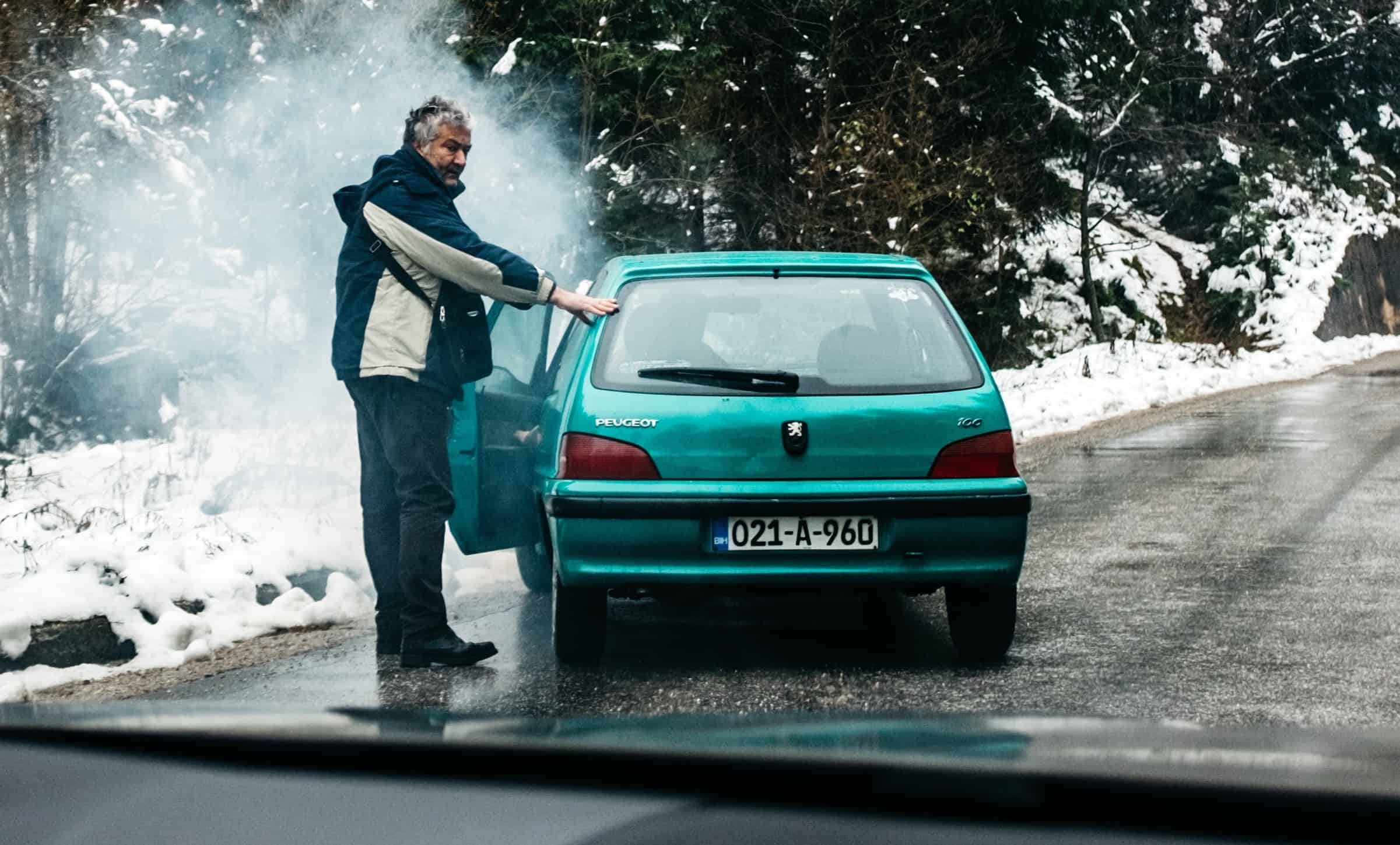By now, you realize that taking care of your care is a lot more complicated than just filling it with gas and pointing it in the right direction. There are some common car problems which can happen anytime although they prefer to wait until you are already running late.
From a small crack in your windshield to a battery that won’t start, let’s take a look at those common car problems and what you can do to make it to the nearest garage:
1. Is the car battery dead?
One of the most common car problems there is, a dead battery is annoying and inconvenient. Sometimes, the cause of your dead car battery may be as simple as cold temperatures affecting the chemicals in the battery. Conversely, hot temperatures can also affect your battery. There are ways that have reportedly been used to charge a dead battery that involves double A batteries, device chargers, and warming the battery by turning on the interior lights. If you find your battery is dead, do not continue to crank it without charging the battery. As soon as you realize the car will not start, turn off all accessories and try it one more time. If it still refuses to start, stop attempting to start it without an external jump from another vehicle or a commercial charger. Draining the battery completely means longer charging times before you can get back on the road.
2. Chip in the windshield?
You may think that tiny chip or crack isn’t that big of a deal, but this is a common car problem that won’t go away on its own. Addressing the crack promptly is the best way of keeping a little problem from becoming a big one. Ways of temporarily fixing the crack include filling it in with clear nail polish or superglue. You can also stop by any car supply store for a windshield repair kit. These fixes are generally temporary, but they will last until you can have a reputable company repair the windshield permanently. If a few days pass between receiving the damage and getting a company to repair it, make sure to protect your car from weather extremes that will cause the crack to spread. This includes covering it from snow, heavy rains, or significant rains.
3. Shaky, bumpy ride?
This problem is usually related to your tires. Check each tire for “bubbles,” uneven wear, or other damages. What starts as an inconvenience can quickly turn dangerous; if you identify a tire problem, take off the damaged tire and put a spare on until you can have the tire evaluated by a professional. Never drive on damaged tires.
4. Overheating car?
This is one of the more frustrating but common car problems and usually indicates a larger problem. Always keep a gallon of water in your car, just in case. Always remember, never unscrew a radiator cap when the engine is hot, or you WILL be scalded. Overheating can be due to leaky lines and hoses, malfunctioning thermostats, or leaking radiators and cooling systems. If your car is overheating, try turning on the heater and driving with the hood popped but still latched to circulate air and remove some excess heat. This is not going to repair itself and will require a visit to the mechanic as soon as it starts.
5. Warning lights?
Most cars have two distinct warning lights to warn the owner of common car problems as they arise. The first light you may see is “maintenance required,” and this light is triggered by your car’s mileage. This light is the light you’d prefer to see; it indicates the need for oil changes, tire rotations, and other routine care for your car. The second light is much more ominous; if your “check engine” light is on, prepare your wallet for potential damages. This warning indicates that something specific needs to be addressed, ranging from a simple loose gas cap to needing a new transmission. When the “check engine” light comes on, don’t waste time: get to a qualified mechanic before a small problem grows into something much larger.
6. Puddles under the car?
Before panicking, check the puddle for consistency and color.
- If it’s a hot day and you’ve been running your AC, your car will have puddles of clear water (condensation) under it.
- Green, pink or orange fluids that are sticky are more indicative of antifreeze,
- Red puddles usually mean transmission fluid but are aware that transmission fluid can be used in power steering systems as well.
- Yellowish brown or black slick puddles may mean an active oil leak.
- Brake fluid will be oily in feel but clear or yellowed in color.
- Power steering fluid can be yellowish and relatively thick, but sometimes transmission fluid is used in the power steering system.
- Fuel leaks will, obviously, be easy to recognize because they smell like gas or diesel.
7. Lights burnt out?
Sometimes, car dashboards can indicate that you have a light out, other times you may not know it until you are pulled over on the side of the road and receiving a repair warning from a traffic cop. Luckily, lights are easily replaced and relatively inexpensive. Since this common car problem is easy to fix, don’t put it off. Lights that aren’t working are potentially dangerous and can land you in hot water with the police or your insurance company if they cause an accident.
8. Gas mileage decreasing?
This is a common car problem that goes hand in hand with other issues, nearly all related to maintaining your car. Regular oil changes and filter replacements will keep your engine running at peak performance. You can also consider a fuel additive designed to clean the car engine and improve your mileage.
9. Noisy brakes?
Brakes are nothing to play with, and by the time your car is making noises when it’s breaking the damage is already extensive. Still, the problem is usually solved by replacing brake pads, adding brake fluid, replacing brake shoes and pads, and adjusting the brakes themselves. It’s rare that the entire brake system will catastrophically fail.
10. Paint chips?
You may be tempted to ignore superficial things like paint scratches and chips, but this is another one of those common car problems that can turn ugly and expensive to fix. Left unrepaired, missing or chipped paint will lead to rust. Initially, rust is just a nuisance, but again, if it isn’t addressed, it will lead to bigger problems such as holes and structural damage.
Remember that being prepared is the first step to fixing the most common car problems. Always have a gas can, jumper cables, flares, a gallon of coolant, and a spare tire (and jack) in your trunk so you will always be ready for whatever your car has in mind to make you late for work today.



